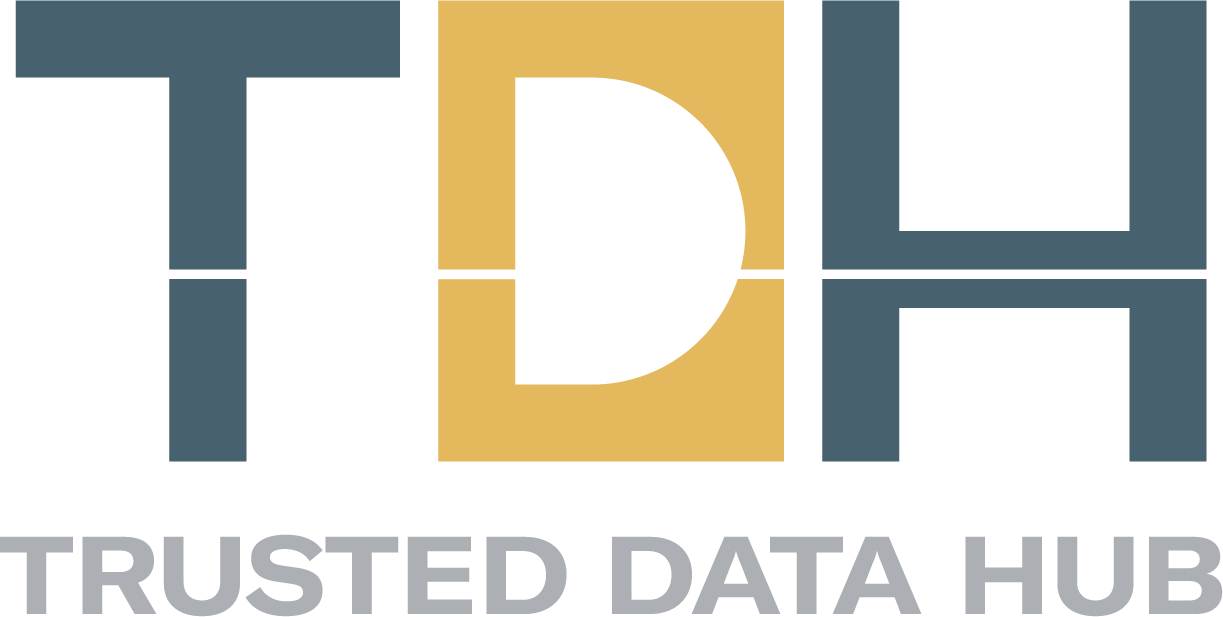A data lake is a centralized architecture that enables organizations to store vast amounts of structured, semi-structured, and unstructured data in its raw form. This flexibility allows for scalable ingestion and supports various analytics and machine learning workloads. However, when left unmanaged, a data lake can degrade into a data swamp, a disorganized repository lacking structure, metadata, and governance. As articulated by Hai et al. (2016), the transformation occurs when “the lack of data quality, discoverability, and security measures” renders the data unusable. Data swamps inhibit productivity by complicating data discovery, obstructing lineage tracking, and reducing trust in analytical outputs. This results in analysts spending disproportionate time cleaning and validating data, which ultimately delays decision-making and erodes the return on data investments.
The risks of a data swamp extend far beyond inefficiency. As observed by Inmon and Linstedt (2015), ungoverned data environments contribute to “data entropy”, the progressive disordering of stored information, undermining both operational effectiveness and compliance. Furthermore, as Khine and Wang (2018) argue, scalable data lakes without governance expose organizations to issues like data redundancy, inconsistent semantics, and unauthorized access, compounding risk and diminishing value. These insights underscore a critical thesis: scalable data solutions like lakes are only as valuable as their governance. Without proper stewardship, defined by policies on metadata management, access control, and lifecycle oversight, a data lake becomes not a competitive advantage, but a liability. Proactive governance ensures the lake remains an asset, providing high-quality, trusted data that drives innovation and strategic insight.
A critical but often overlooked aspect of data lake management is robust metadata governance. Without metadata, descriptive information about the structure, origin, and meaning of data, users lack the necessary context to locate, interpret, and trust the information stored in the lake. This leads to what many researchers refer to as “data opacity,” where even technically accessible data is effectively unusable due to ambiguity or misinterpretation. Metadata provides the semantic layer that bridges raw data and actionable insight, enabling features like searchability, classification, and data lineage. When this layer is missing or poorly maintained, users are forced to make assumptions, increasing the risk of errors and undermining confidence in analytical outputs. As Giebler et al. (2019) argue, “Metadata management is essential for ensuring the usability and governance of data lakes, and its absence can result in data lakes turning into data swamps.” To address this, organizations should invest in active metadata catalogs that support automated discovery, data classification, and lineage tracking, ensuring data remains transparent, traceable, and trustworthy across its lifecycle.
One of the most damaging governance oversights in data lake environments is the absence of clear data ownership and stewardship. When data assets lack designated stewards, the result is often a chaotic ecosystem of duplicated tables, conflicting definitions, and untraceable changes. In this vacuum of accountability, users struggle to determine which version of data is authoritative, leading to inconsistent analytics and costly decision-making errors. Assigning specific data owners and domain stewards ensures someone is responsible for data quality, compliance, and lifecycle management. These roles must be formalized and reinforced with documented responsibilities and performance metrics, aligning technical and business stakeholders around data trust and usability (Alhassan et al., 2016).
Another pervasive mistake is the indiscriminate ingestion of raw data without curation or validation. The “store everything” mindset may seem flexible at first, but it quickly leads to an unmanageable repository bloated with redundant, irrelevant, or low-quality data. Such environments degrade performance and make it nearly impossible for users to discern valuable insights amid the noise, a phenomenon commonly referred to as “analysis paralysis.” To prevent this, organizations must implement structured ingestion pipelines that include source validation, data format tagging, and conformance checks. Curation doesn’t mean restricting access to raw data; rather, it means promoting data that meets predefined quality and relevance thresholds, ensuring analytical clarity and performance.
Data quality, security, and user enablement are also essential governance pillars often neglected in immature data lake deployments. Without quality controls such as data profiling, validation rules, and alerts, inaccurate data contaminates downstream pipelines, eroding trust and diminishing the strategic value of analytics. Equally critical is safeguarding sensitive data through role-based access, audit logging, and compliance tagging to mitigate regulatory risks. Lastly, even the best-governed data lake fails if users don’t understand what’s available or how to use it. Comprehensive documentation, accessible data dictionaries, and structured onboarding workflows empower business users, reduce the need for shadow IT, and drive adoption. Sustainable governance, therefore, must integrate automation, clear roles, and regular reviews to remain responsive to evolving data and user needs.
In summary, data governance is the critical differentiator between a scalable, insight-rich data lake and an unmanageable data swamp. Without proper oversight, even the most robust data infrastructure will devolve into a source of confusion, inefficiency, and risk. The challenges discussed—lack of metadata management, poor stewardship, uncurated ingestion, and insufficient quality controls—are all avoidable through intentional governance practices.
To build a foundation of trust and usability in your data environment, start with three key principles: assign clear ownership, enforce data quality, and provide meaningful context through metadata. These pillars not only enhance usability and compliance but also ensure your data lake remains a strategic asset rather than a costly liability. Act now, before your data lake becomes a swamp.
Key References:
Alhassan, I., Sammon, D., & Daly, M. (2016). Data governance activities: an analysis of the literature. Journal of Decision Systems, 25(sup1), 64–75. https://doi.org/10.1080/12460125.2016.1187397
Giebler, C., Grimmer, U., Pawlowski, A., & Schill, A. (2019). A metadata management approach for data lakes. ACM International Conference on Management of Data.
Hai, R., Geisler, S., & Quix, C. (2016). Constance: An intelligent data lake system. Proceedings of the 2016 International Conference on Management of Data.
Zhao, J., Wang, F., Liu, Y., & Zhang, C. (2017). Towards a data lake management system. Proceedings of the VLDB Endowment.


Leave a Reply